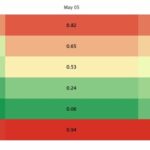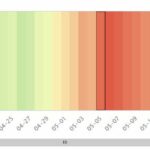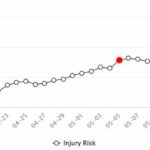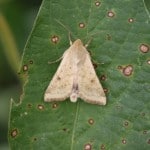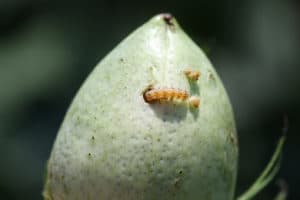I’ve received several phone calls over the past few days about thrips in seedling cotton. Thrips pressure is variable by location with some areas reporting treatable numbers and others finding a few adults scattered around. Application timing is critical for the best control. Our research has shown that applications made early, before the second true leaf, provides the most benefit.
Options for foliar oversprays are limited to organophosphates (Acephate, Bidrin, Dimethoate) and Intrepid Edge. OP resistance is present in West TN and while Acephate may provide some relief a more consistent option is 3.0 oz of Intrepid Edge. Also, increasing the rates of OPs may help some but overcoming resistance with higher rates often doesn’t provide consistent control and can be an expensive mistake.
The take home message, use acephate or other OPs with caution especially if you received questionable control last year and higher rates often aren’t the answer. Intrepid Edge, although the most expensive, is most consistent option that won’t flare spider mites or aphids. Surfactants aren’t required for Intrepid Edge but are highly recommended. Application with a herbicide such as Roundup or Liberty will work.
Side note: I’ve got word that Bidrin is in short supply so if you don’t have what you need for thrips I would think about making other arrangements.


